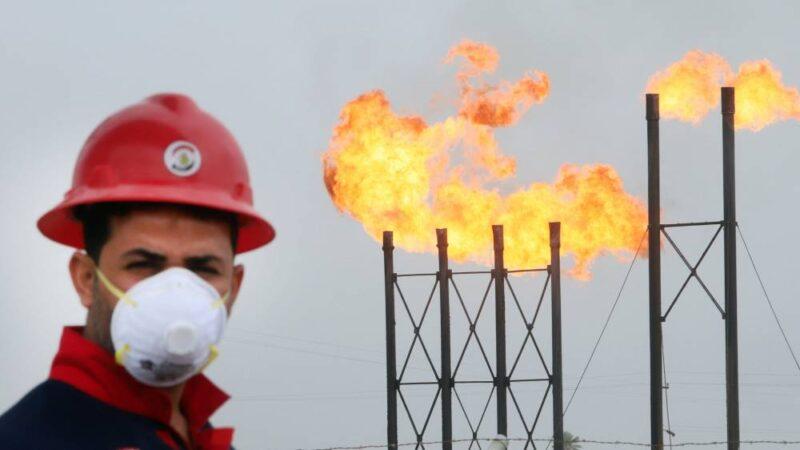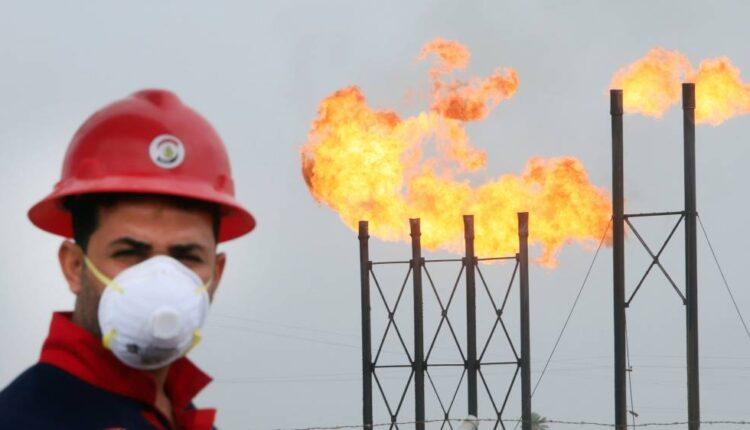
West Texas Intermediate crude futures for May delivery turned positive in overnight trading, after plunging below zero for the first time in history on Monday. The contract in question is set to expire on Tuesday, fueling Monday's 100% wipeout.
The May contract traded at $1.17 per barrel, after earlier trading at negative $14.04 per barrel, meaning traders would effectively pay to have the oil taken off their hands. As the contract approaches expiration, trading volume is typically thin, so longer-term contracts can be more indicative of how Wall Street views the price of oil. The most active contract, for June delivery, traded 7.29% higher at $21.92 per barrel. The July and August contracts were also firmly above the $20 level.
VIDEO10:4910:49Crude settles at -$37 a barrel in worst day everFast Money
The front part of the oil futures 'curve,' which is the May contract that expires on Tuesday, was hit the hardest since it applies to fuel that's set to be delivered while most of the country remains on lockdown thanks to the coronavirus. The only buyers of oil futures for that contract are entities that want to physically take the delivery like a refinery or an airline. But demand has dropped and storage tanks are filled, so they don't need it.
"Oil futures continue to defy gravity," Louise Dickson, Rystad Energy's oil markets analyst, told CNBC in an email. "This moment is of course historical and could not better illustrate the price-utopia that the market has been in since March, when the full scale of the oversupply problem started to become evident but the market remained oblivious," she added.
The coronavirus pandemic has led to unprecedented demand loss. The International Energy Agency warned in its closely-watched monthly oil report that demand in April could be 29 million barrels per day lower than a year ago, hitting a level last seen in 1995. And with places to store the crude quickly filling, some argue that prices could stay lower for longer.
"Even as OPEC++ oil production cuts are set to kick in May 1, and supply and inventories should tighten significantly in 2H'20, the next 4-6 weeks are seeing severe storage distress, likely to drive wild price realizations and unusual disconnects, including supercontango and negative prices," Citi analysts led by Eric Lee wrote in a note to clients Monday.
– CNBC's Michael Bloom contributed reporting.
Subscribe to CNBC PRO for exclusive insights and analysis, and live business day programming from around the world.
Source: cnbc.com

